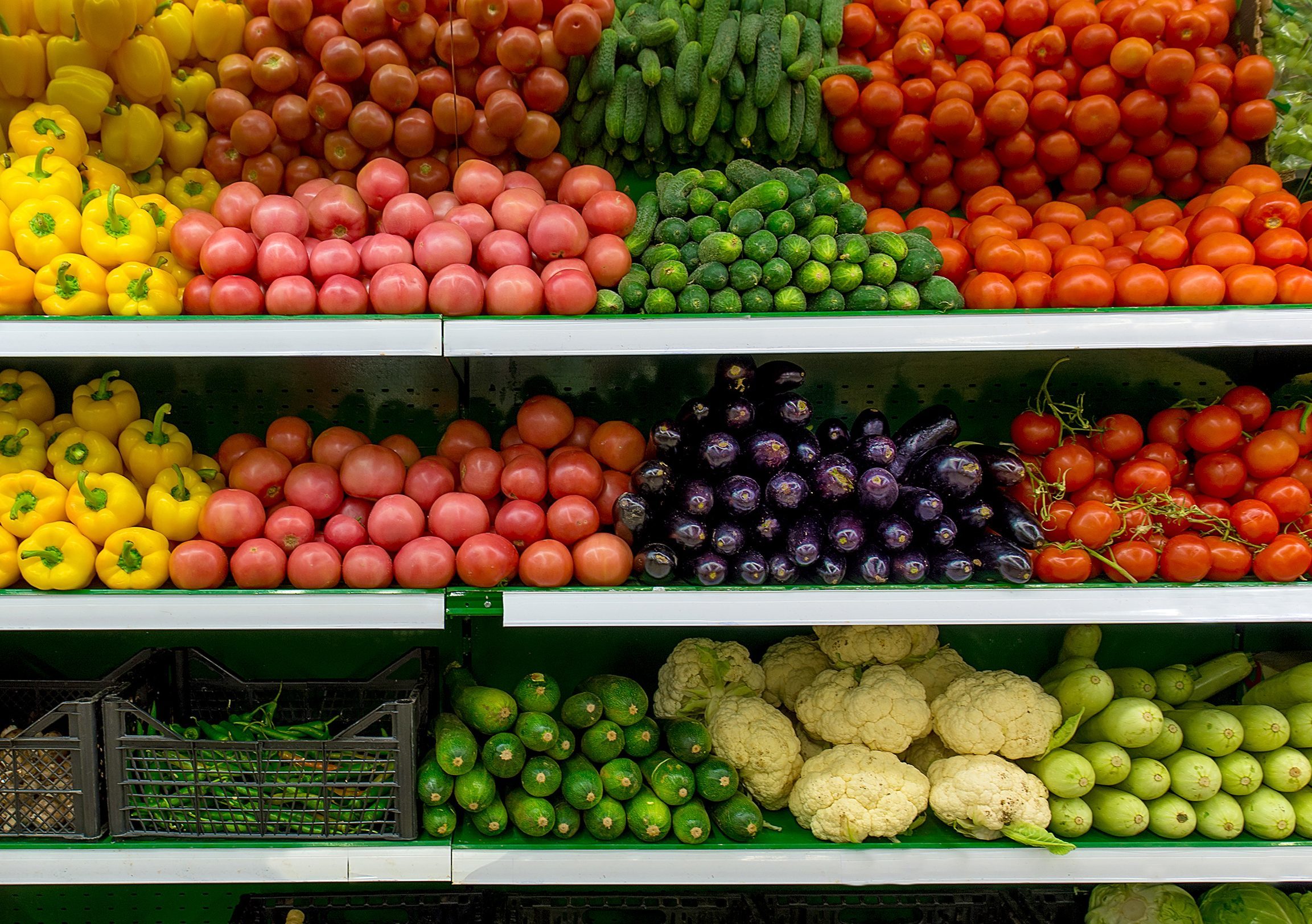
OVERALL shop prices are edging closer to inflation as seasonal availability of UK-grown fruit and vegetables protects consumers from the impact of higher import prices, figures show.
Deflation across non-food products fell to a four-year low in August, while overall shop price deflation slowed to 0.3% in August, the shallowest rate since November 2013 with the exception of June, according to the BRC-Nielsen Shop Price Index.
Meanwhile food prices increased by 1.3% on the same month last year, a slight increase on July’s 1.2%, with inflation on ambient food accelerating from 1.6% to 1.9%, the highest rate since December 2013.
However, shoppers had relief in the form of fresh food prices, where inflation slowed to 0.8% from 1% last month thanks to shelves full of locally-grown fruit and vegetables.
British Retail Consortium chief executive Helen Dickinson said: “The reality is that with protection from hedging policies coming to an end, non-food retailers are running out of options for protecting shoppers from the significant increases in the price of imported goods since the EU referendum in June last year.
“We expect non-food prices to continue trending towards year-on-year inflation.
“The seasonal availability of fruit and vegetables from UK suppliers is currently shielding shoppers from the impact of higher import prices. However, as winter approaches and our dependence shifts to imported goods, that will change.”
Ms Dickinson said overall pressure on prices were still “weighted upwards”, adding: “That will put an increasing strain on already stretched family budgets.
“Therefore, it is imperative that the Government puts the UK’s households at the top of its agenda as it enters into negotiations on our future trading relationship with the EU.
“It should do all it can to avoid a situation where further tariffs and administrative costs lead to price increases on top of those already being faced by consumers.”
Mike Watkins, head of retailer and business insight at Nielsen, said: “Food inflation continues to be kept in check by lower increases in fresh and seasonal foods and as fresh is typically over 40% of the shopper spend in supermarkets, this is helping to offset the rising cost of living in household bills.
“Whilst consumer sentiment is on the turn and shoppers are becoming cautious about spending on big ticket items, prices are still very competitive on the high street and spend on food and drink has been strong over the summer, albeit disrupted by the changeable weather in August.”

Enjoy the convenience of having The Sunday Post delivered as a digital ePaper straight to your smartphone, tablet or computer.
Subscribe for only £5.49 a month and enjoy all the benefits of the printed paper as a digital replica.
Subscribe